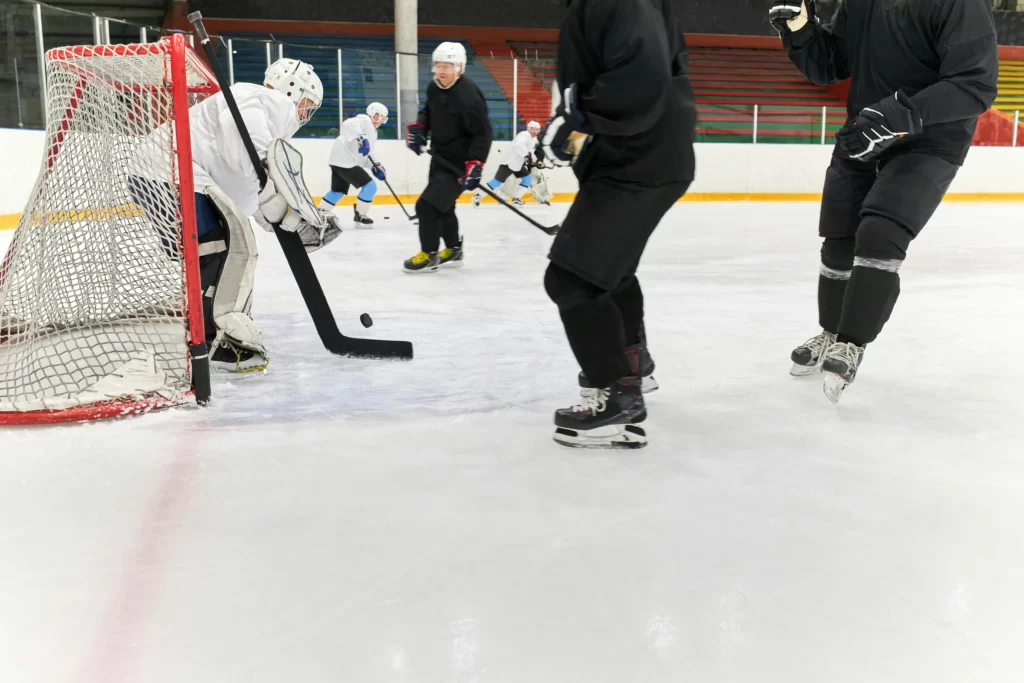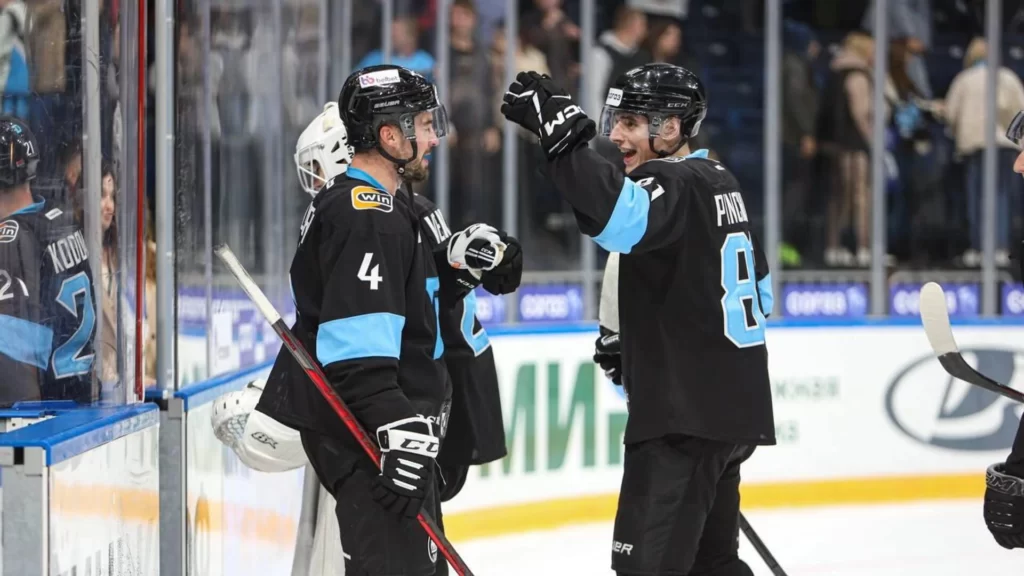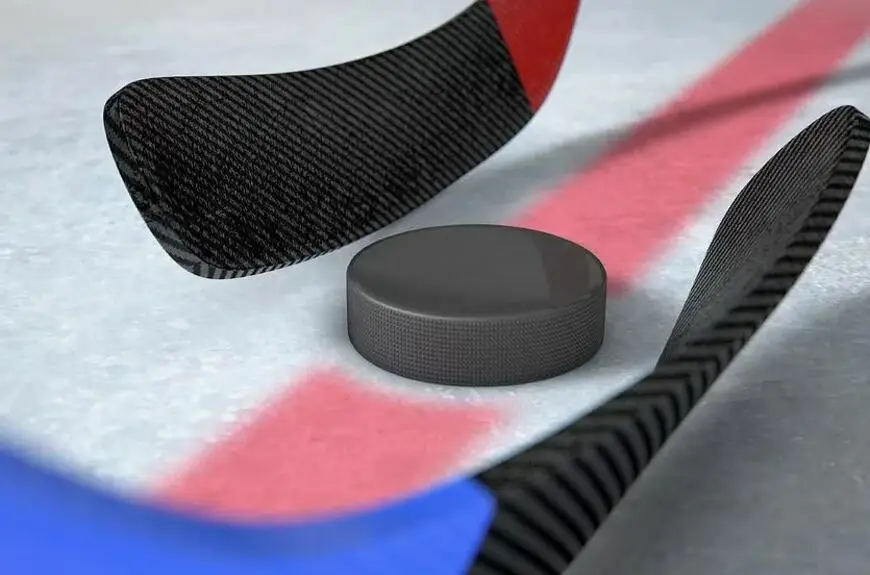Is everything in the KHL as shiny as it seems at first glance? Ice hockey is one of the most prestigious and lucrative sports in Russia, and many people wonder how well the members of the Kontinental Ice Hockey League are really ‘in business’. The salaries of KHL players vary widely, and for some they mean recognition, while for others they are just an illusion of success. Who gets millions of roubles and for what, and who has to make do with crumbs?
How KHL players’ salaries are determined: the intricacies of contracts
It is important to take into account many factors that affect the amount that the hockey player ultimately sees in his account. The main income is made up of several components: the base amount of the contract and various bonuses. The base amount is a fixed amount stipulated in the contract, while the bonuses can depend on personal performance, team wins and other successes.

In the 2023-2024 season, Alexander Radulov, who plays for Ak Bars, will receive a high bonus for each goal scored – about 500 thousand rubles. But not only goals bring additional money: each victory of the team in important matches can increase the salary by considerable sums. At the same time, experienced hockey players such as Sergei Mozyakin, who have won the Gagarin Cup more than once, are entitled to special bonuses for their contribution to the team’s successes.
The salaries of KHL players also depend on their level of experience. Rookies who have just entered the league often receive much less – their contracts rarely exceed 2-3 million roubles per season, while veterans like Vyacheslav Voynov can expect to earn tens of millions.
The highest-paid hockey players in the KHL in the 2023-2024 season
Who will be at the top of the KHL’s financial Olympus in the 2023-2024 season? This list includes only a few for whom millions of roubles are not the limit of dreams, but reality:
- Alexander Radulov (Ak Bars) – 150 million per year. An experienced player who received his millions not only for his performance, but also for his leadership qualities on the ice.
- Vyacheslav Voynov (Dinamo Moscow) – 140 m. A defenceman who shows a high level of play and confidence in defence.
- Sergei Mozyakin (ends his career in 2021, but his contracts remain legendary) – up to 130 million in his best seasons. Considered the player with the most goals in KHL history.
- Nikita Gusev (SKA St. Petersburg) – 120 m. Equally good as an attacker and assist provider.
- Mikael Jordaan (Spartak Moscow) – 110 million Czech international whose play on the ice has earned the team many points.
The salaries of KHL players may seem fabulous, but behind every rouble there are years of training, risk of injury and enormous strain on the ice. Furthermore, the athletes receive additional compensation for victories in the playoffs and other significant achievements.
Earnings of KHL players: What’s behind the numbers?
 Ice hockey players receive extra points for goals scored, assists and team victories. For each goal scored, a player can receive between 200,000 and 500,000 roubles, depending on the importance of the game and the level of the opponent.
Ice hockey players receive extra points for goals scored, assists and team victories. For each goal scored, a player can receive between 200,000 and 500,000 roubles, depending on the importance of the game and the level of the opponent.
League stars such as Alexander Radulov or Nikita Gusev can earn more than a million roubles a month in bonuses alone. Radulov, who plays for Ak Bars, receives bonuses not only for goals, but also for each victory of the team in important matches – up to 500,000 roubles per goal and up to 1 million roubles for an important victory.
League rookies, such as graduates of youth teams, earn significantly less: their contracts rarely offer serious bonuses, and the base amount barely reaches 1 to 2 million roubles per season.
Veterans like Sergei Mozyakin, on the other hand, have earned their millions not only because of their performances, but also because of the experience they bring to the team. Mozyakin, for example, has often been paid extra for his ‘contribution to team spirit’, which emphasises his importance to the club.
KHL hockey player contracts: Secrets and reality
In addition to salary, many other conditions are negotiated in KHL player contracts: Term, bonus systems, penalties and even injury recovery terms.
Characteristics of the contracts:
- Contract duration. Contracts can be concluded for different periods of time, from one season to several years. Young players, for example, often sign short-term contracts for 1-2 years in order to prove their skills and receive more favourable offers in the future.
- Bonus system. Payments for personal achievements, such as the number of goals scored, assists and participation in matches.
- Penalties. Contracts may contain penalty clauses for disciplinary offences or inefficient play. If a player is absent from training without a valid excuse or performs poorly, the club can impose penalties.
- Injury recovery clauses. Some contracts, such as Gusev’s at SKA, include bonuses for speedy recovery from injury. This incentivises players to get back on their feet as quickly as possible.
- Guaranteed playing time. Experienced players like Vyacheslav Voynov can seek contracts that guarantee them minimal ice time. This allows them to be in the spotlight and maintain a high level of performance.
Contract negotiations are an art in themselves. They usually involve not only the player and the club, but also agents, lawyers and sometimes even coaches.
Bonuses: What do ice hockey players get more for?
The bonuses in the KHL make up a significant part of a player’s income. It is often the bonuses that make the difference between a normal contract and a really lucrative offer. For example, a player can receive up to 500,000 roubles for every goal he scores in the playoffs. For winning important games such as the semi-finals of the Gagarin Cup, players can receive between 1 and 3 million roubles per team, which is split between the key players.
Alexander Radulov is known for his will to win, which is also reflected in his bonus system: He receives additional payments for every important goal in the playoffs, which motivates him to perform at his best in the decisive moments.
How much do KHL ice hockey players earn and what influences their income?
 The salaries of KHL players are a complex mechanism that depends on many factors: performance on the ice, experience, participation in important games and even the details of the contract terms. Highly paid stars such as Alexander Radulov or Vyacheslav Voynov earn tens of millions of roubles per year, but their income is not limited to the base salary – bonuses play an important role.
The salaries of KHL players are a complex mechanism that depends on many factors: performance on the ice, experience, participation in important games and even the details of the contract terms. Highly paid stars such as Alexander Radulov or Vyacheslav Voynov earn tens of millions of roubles per year, but their income is not limited to the base salary – bonuses play an important role.

For newcomers, the path to big money often begins with small contracts and modest additional payments. But their dedication and hard work can lead to higher earnings and better contracts in the future. Keep an eye on the upcoming KHL games – you may see athletes justifying their earnings by turning the game into an art form and proving their worth on the ice.
 en
en  ru
ru  de
de  ar
ar  es
es  hi
hi  fr
fr  nl
nl  it
it  pt
pt  el
el 



